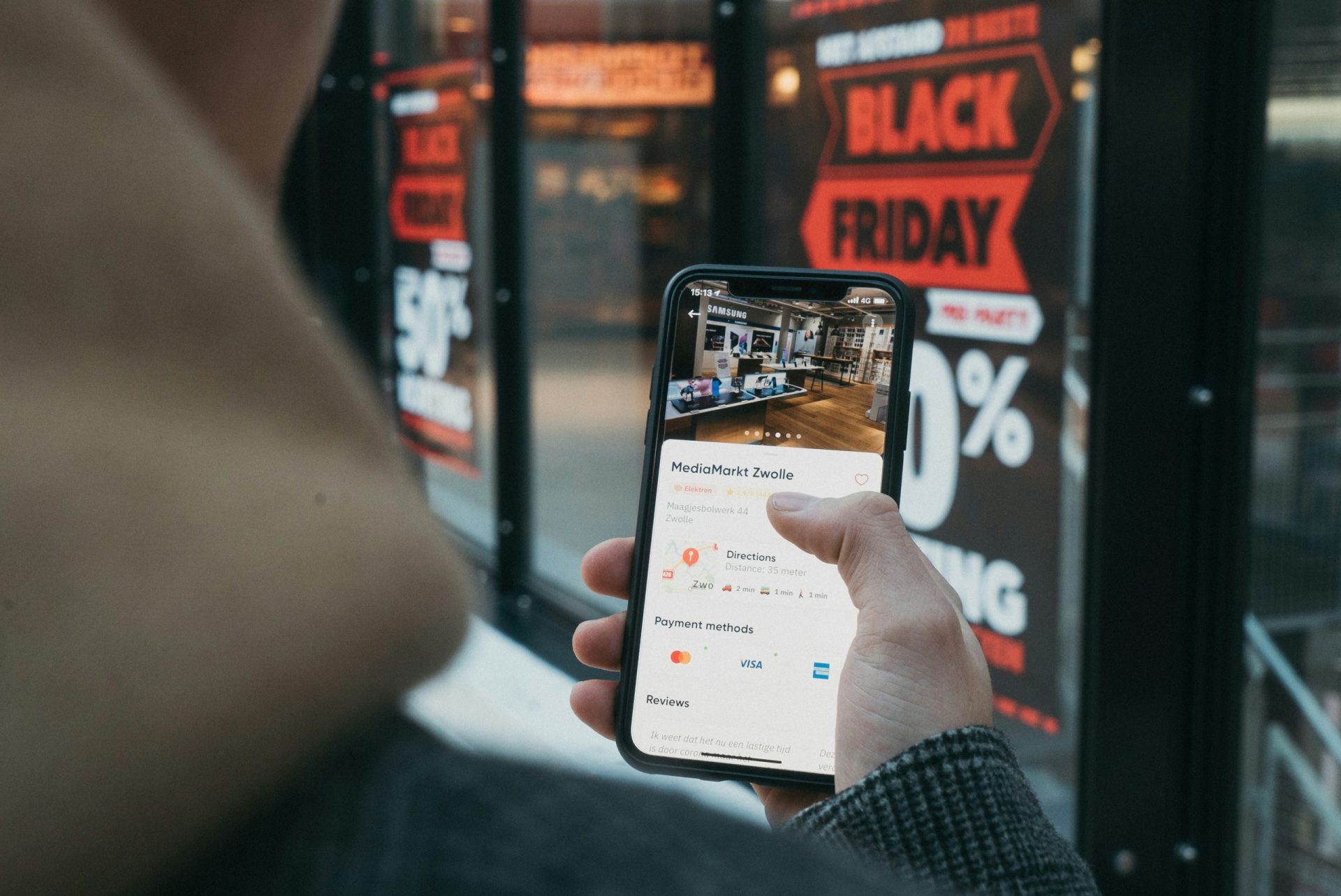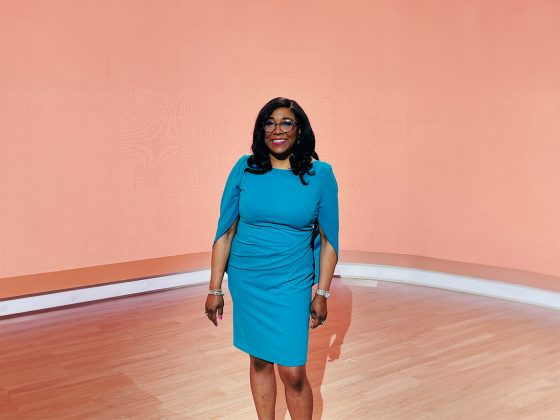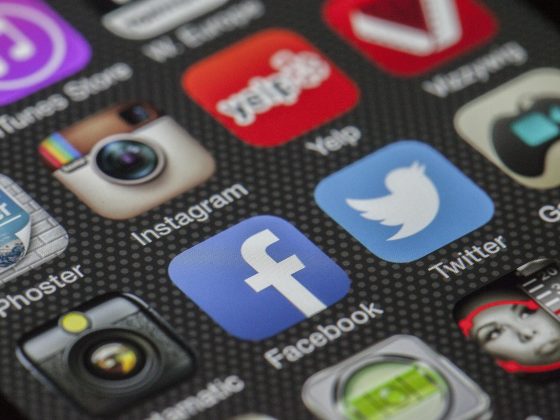Do you remember when advertising was limited to TV commercials, billboards and glossy magazine ads? Those are now a thing of the past and digital media is here for the takeover. The aim of advertising has changed and interacting with users on digital sites to increase engagement is more important than simply reaching them. In 2024, a brand will practically disappear if it isn’t using digital media for adverts or to interact with clients. In this article we’ll take a closer look at how some well-known brands and companies are leading the charge in this digital era.
Nike’s Targeted Media Campaigns
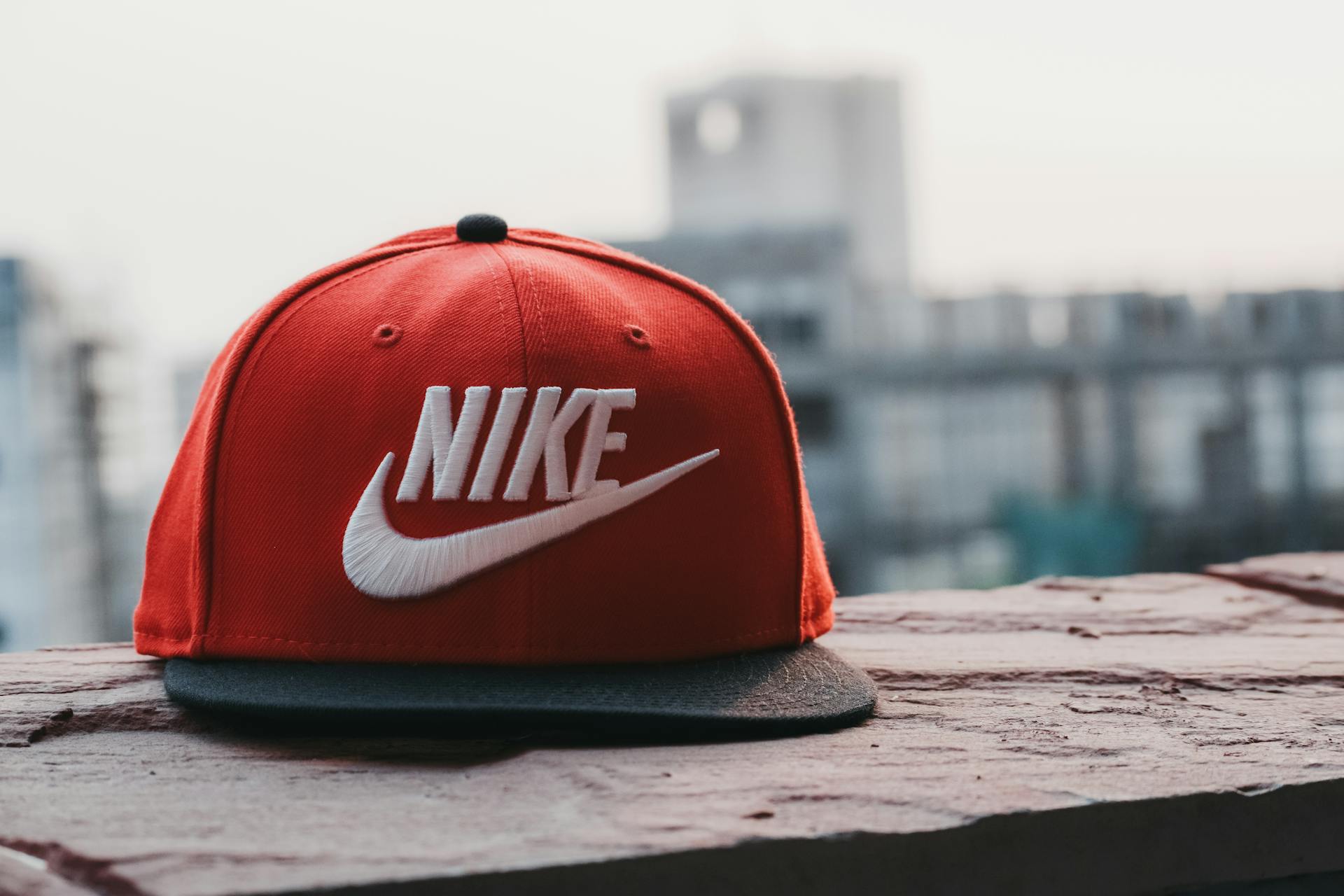
Digital platforms have slowly replaced traditional advertising channels to make marketing even better. The growing use of social media, smartphones, and other online platforms is what is driving this shift to provide great opportunities for brands to connect with their clients in real time. Nike is a clear example of a company that has successfully used digital media through platforms like Instagram and TikTok to create specific ad campaigns that appeal to the young generation. The Nike Marketing team has further developed successful online advertising efforts, such as the most recent “everyone wants a pair” ad which went viral on various social media channels. In order to improve their customer engagement, Nike has also employed the use of data analytics to target particular audiences with their message ads.
Starbucks’ Effort To Create Interactive Experiences
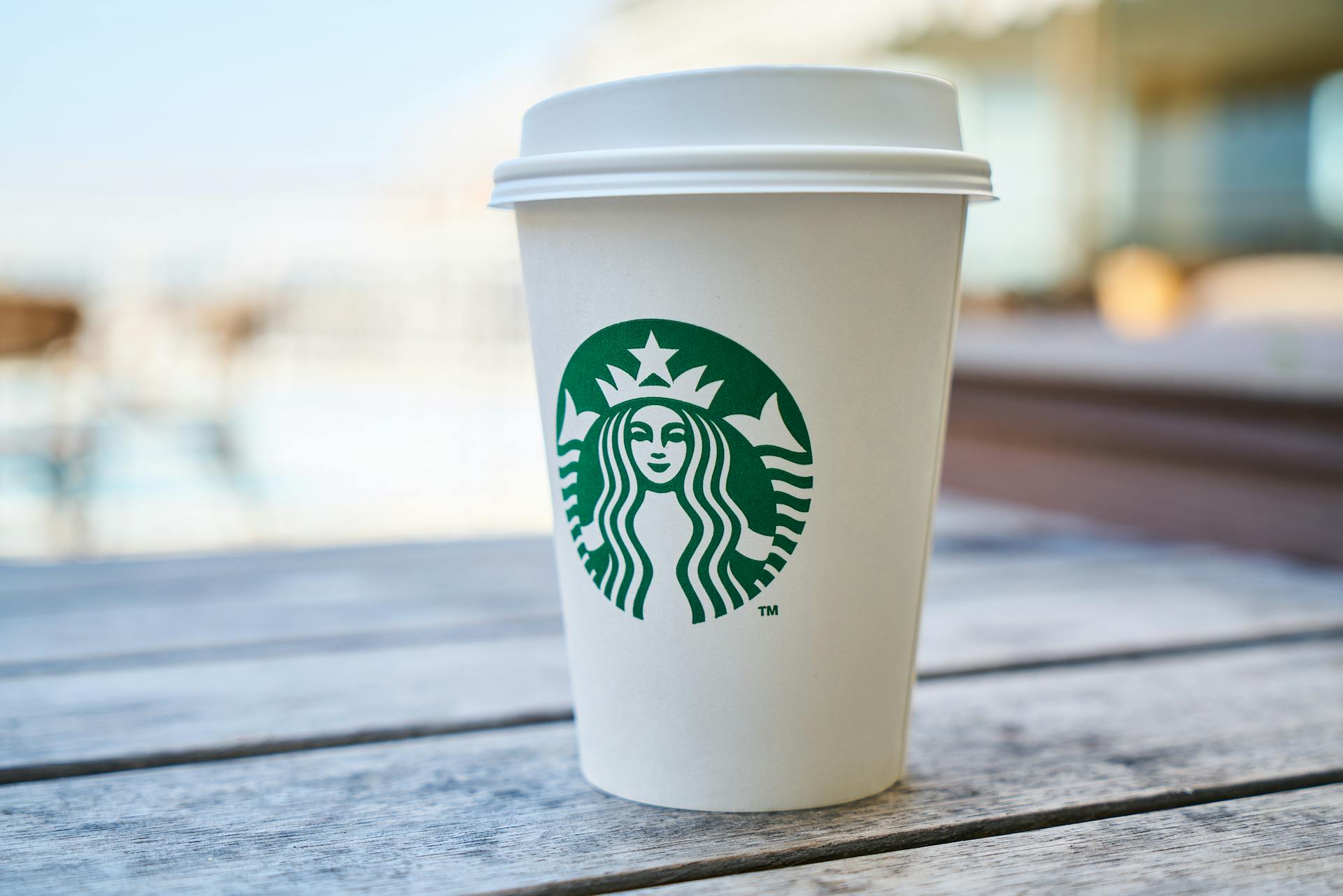
The rise of digital media has facilitated two-way interactions between companies and their clients, where companies can now engage with consumers through channels like live video streaming, blogs, and interactive ads. Starbucks has perfected the art of engaging customers through its mobile app which offers interactive games, personalized rewards, and mobile orders. This approach by Starbucks has promoted customer participation and feedback in addition to strengthening their bond with the buyers. Interactive experiences like augmented reality ads and live streaming events are becoming increasingly popular, thus providing new ways to engage and entertain consumers.
Spotify Wrapped Campaign
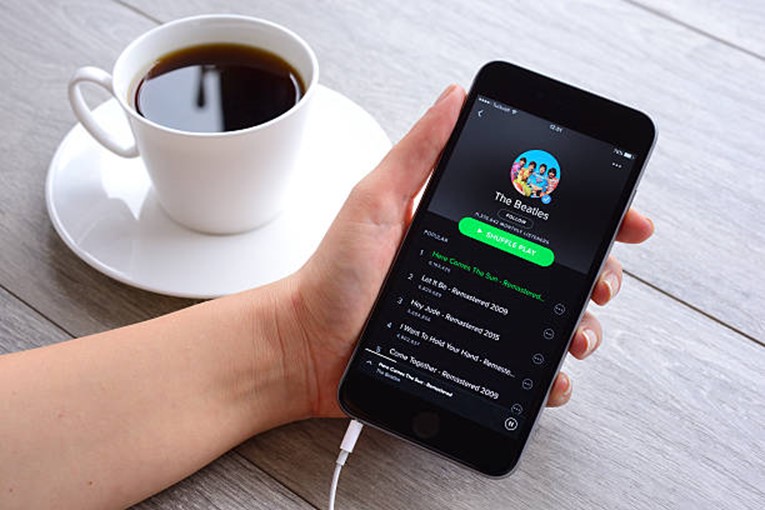
Digital media has allowed for a high level of personalization thanks to the vast amount of data collected from online interactions. Brands can now learn more about the trends, preferences, and behaviors of their clients. The information from online interactions is more than enough for companies to create personalized experiences that resonate with the users. The Spotify wrapped campaign creates a highly personalized experience that Spotify users always look forward to at the end of every year. This marketing strategy by Spotify not only creates personalized content to improve user experience but also promotes Spotify’s brand image and loyalty.
Glossier’s Community Marketing

Glossier has utilized Digital Media to the fullest by building and developing a loyal brand community. The beauty firm Glossier has used social media platforms to interact with customers directly, incorporate user feedback into product development, and even featured customer testimonials to build a strong community. The brand now has a loyal fan base that identifies with Glossier on a personal level because of this approach. The online communities created by Glossier have also provided a space for consumers to connect with each other, share brand experiences, and support the company in online platforms.
The shift to digital media is now a must and no longer a choice for businesses planning to improve their consumer engagement. Due to digital media, companies can now build stronger connections with their clients, promote the loyalty of their brand name, and achieve long-term success by simply utilizing the power of digital media to drive consumer engagement.
Image Source: pexels.com
